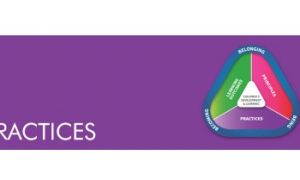Weather-themed activities are a fantastic way to help toddlers and preschoolers explore nature, science, and sensory play. The following article provides information on Weather Theme Activity Ideas, Importance Of A Weather Theme, Goals For A Weather Theme Linking To The EYLF and more.
Weather Theme Activity Ideas
Weather Science Activities
- Rain in a Jar – Use shaving cream and food coloring to demonstrate how rain falls from clouds.
- DIY Thermometer – Teach temperature changes with a simple homemade thermometer.
- Cloud in a Jar – Show condensation and cloud formation using warm water and ice.
- Water Cycle in a Bag– Seal water in a plastic bag and tape it to a window to observe evaporation and condensation.
- DIY Rain Gauge – Use a clear container to measure rainfall over time.
- Wind Experiment – Let kids blow different objects (feathers, paper, cotton balls) to see how wind affects movement.
Weather Sensory Play
- Cloud Dough – Make soft, moldable dough using flour and baby oil to mimic fluffy clouds.
- Rainbow Rice Bin – Dye rice in different colors and let kids scoop and pour.
- Frozen Rain Drops – Freeze water with food coloring and let kids melt them in warm water.
Weather Arts & Crafts
- Stormy Sky Painting – Use cotton balls and gray paint to create storm clouds.
- Rainbow Sponge Painting – Dip a sponge in different colors and stamp onto paper.
- Sun Catchers – Use tissue paper and contact paper to make colorful sun decorations.
Weather Movement & Dramatic Play
- Windy Day Dance – Use scarves to mimic the movement of the wind.
- Pretend Weather Forecast – Set up a play station where kids can "report" the weather.
- Rainy Day Obstacle Course – Create a course with puddle jumps and umbrella balancing.
DIY Weather Chart Ideas
- Velcro Weather Board – Attach movable weather icons for kids to update daily.
- Weather Wheel – Create a spinning wheel with different weather conditions.
- Weekly Weather Tracker – Let kids draw or color the weather each day.
Importance Of A Weather Theme
A weather theme is important in early childhood education because it helps children understand the world around them while fostering curiosity, scientific thinking, and sensory exploration. Here’s why it matters:
Encourages Scientific Inquiry
- Helps children observe and describe weather patterns.
- Introduces concepts like temperature, seasons, and precipitation.
Supports Sensory and Experiential Learning
- Engages children in hands-on activities like rain experiments and wind play.
- Encourages outdoor exploration to experience different weather conditions.
Builds Vocabulary and Communication Skills
- Teaches weather-related words like "storm," "breeze," "sunny," and "cloudy."
- Encourages storytelling and discussions about daily weather changes.
Connects to Real-World Understanding
- Helps children relate weather to clothing choices, outdoor activities, and nature.
- Encourages awareness of environmental changes and climate.
Inspires Creativity and Play
- Provides opportunities for weather-themed art, music, and movement activities.
- Encourages imaginative play, like pretending to be a meteorologist or creating a rain dance.
Goals For A Weather Theme
A weather theme in early childhood education helps children explore science, nature, and sensory experiences while developing key skills. Here are some goals for a weather-themed learning approach:
Science and Observation Skills
- Encourage children to observe and describe daily weather patterns.
- Introduce concepts like temperature, precipitation, and seasons.
- Teach children how weather affects plants, animals, and people.
Sensory and Experiential Learning
- Engage children in hands-on activities like rain experiments and wind play.
- Encourage outdoor exploration to experience different weather conditions.
- Use sensory bins with water, sand, and textured materials to represent weather.
Language and Communication Development
- Build vocabulary with weather-related words like storm, breeze, sunny, and cloudy.
- Encourage storytelling and discussions about daily weather changes.
- Use books and songs to reinforce weather concepts in a fun way.
Creativity and Play-Based Learning
- Provide opportunities for weather-themed art, music, and movement activities.
- Encourage imaginative play, like pretending to be a meteorologist or creating a rain dance.
- Use dramatic play to explore seasonal clothing and weather-related scenarios.
Real-World Connections
- Help children relate weather to clothing choices, outdoor activities, and nature.
- Encourage awareness of environmental changes and climate.
- Teach children how to prepare for different types of weather.
Linking To The EYLF
Linking a weather theme to the EYLF helps children develop curiosity, scientific thinking, and environmental awareness. Here’s how it connects to EYLF outcomes:
Outcome 1: Children Have a Strong Sense of Identity
- Encourage self-expression by discussing how different weather makes them feel.
- Use weather-related dramatic play to explore emotions (e.g., pretending to be in a storm or sunshine).
Outcome 2: Children Are Connected with and Contribute to Their World
- Teach children about seasonal changes and how weather affects nature.
- Explore sustainability by discussing how weather impacts plants, animals, and people.
Outcome 3: Children Have a Strong Sense of Wellbeing
- Engage in outdoor weather play to promote physical activity (jumping in puddles, feeling the wind).
- Use sensory experiences like rain sounds or sunshine warmth to support emotional regulation.
Outcome 4: Children Are Confident and Involved Learners
- Encourage scientific inquiry through weather experiments (rain jars, wind tests).
- Foster problem-solving by asking questions like “What happens when it rains?”
Outcome 5: Children Are Effective Communicators
- Build weather-related vocabulary (sunny, cloudy, stormy, breezy).
- Use weather charts to encourage discussions about daily observations.
Further Reading
Weather Chart
Types Of Weather Posters
Weather Songs and Rhymes Posters
Weather Playdough Mats
Weather Tracing Lines


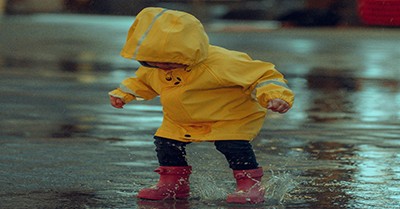
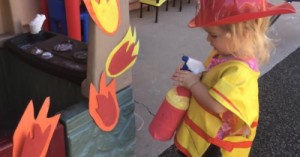
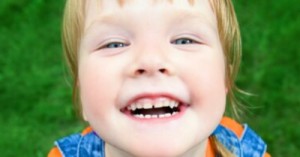
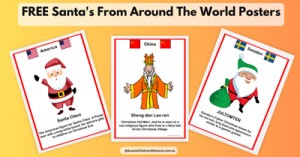

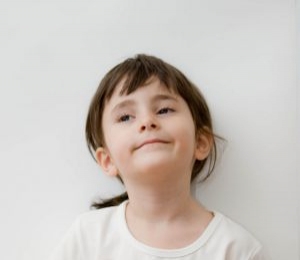 Open ended questions cannot be responded to with one word answers such as yes or no. These types of questions enables a child to provide
Open ended questions cannot be responded to with one word answers such as yes or no. These types of questions enables a child to provide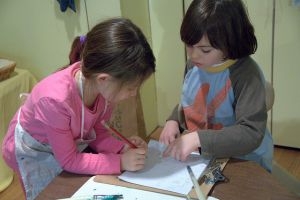 During your child’s preschool years, an important milestone begins to emerge. This is the development of pre-writing skills. Pre-writing skills are used to encourage, develop
During your child’s preschool years, an important milestone begins to emerge. This is the development of pre-writing skills. Pre-writing skills are used to encourage, develop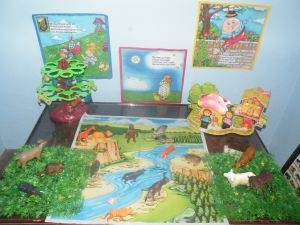 Open ended materials enables children to play freely. They are objects that have no rules to follow, use or function. Raw materials that can be
Open ended materials enables children to play freely. They are objects that have no rules to follow, use or function. Raw materials that can be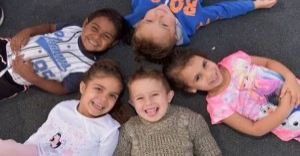 An Acknowledgment of the Country is a way of showing respect for the Traditional Owners and can be given by both non-Indigenous people and Aboriginal
An Acknowledgment of the Country is a way of showing respect for the Traditional Owners and can be given by both non-Indigenous people and Aboriginal Language plays an important role in a child’s development. It enables a child to communicate effectively with their family, learn at school, socialize with friends,
Language plays an important role in a child’s development. It enables a child to communicate effectively with their family, learn at school, socialize with friends,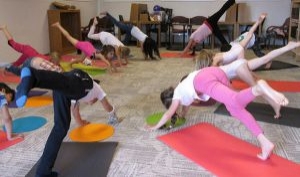 Like adults, children have to deal with their own stress in life. Moving house, starting a new school, preparing for a new sibling - these are
Like adults, children have to deal with their own stress in life. Moving house, starting a new school, preparing for a new sibling - these are Playdough is such a versatile material. It provides numerous benefits to children as they manipulate it, it is safe and soothing and provides children with
Playdough is such a versatile material. It provides numerous benefits to children as they manipulate it, it is safe and soothing and provides children with Teaching children about sustainability enables them to appreciate and respect the natural environment. Early childhood services can provide meaningful hand on learning experiences in order
Teaching children about sustainability enables them to appreciate and respect the natural environment. Early childhood services can provide meaningful hand on learning experiences in order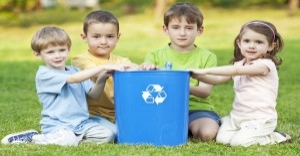 Recycling is an important concept that teaches children to care for the environment. It encourages children to be responsible and show a growing appreciating for
Recycling is an important concept that teaches children to care for the environment. It encourages children to be responsible and show a growing appreciating for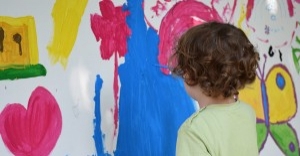 When children apply paint to paper, glue things together, or pound a lump of clay, they experiment with colour, shape design and texture.
When children apply paint to paper, glue things together, or pound a lump of clay, they experiment with colour, shape design and texture.
